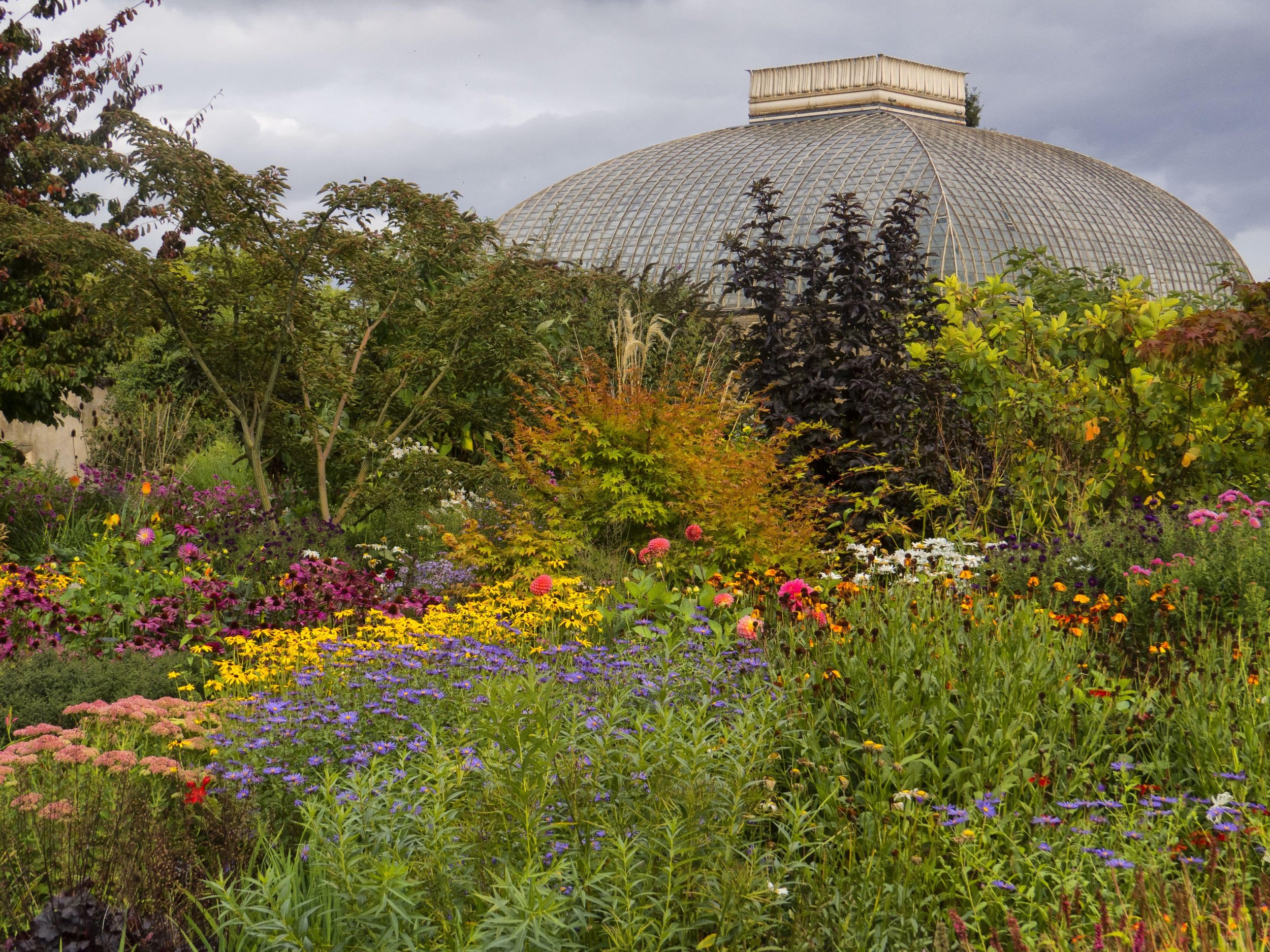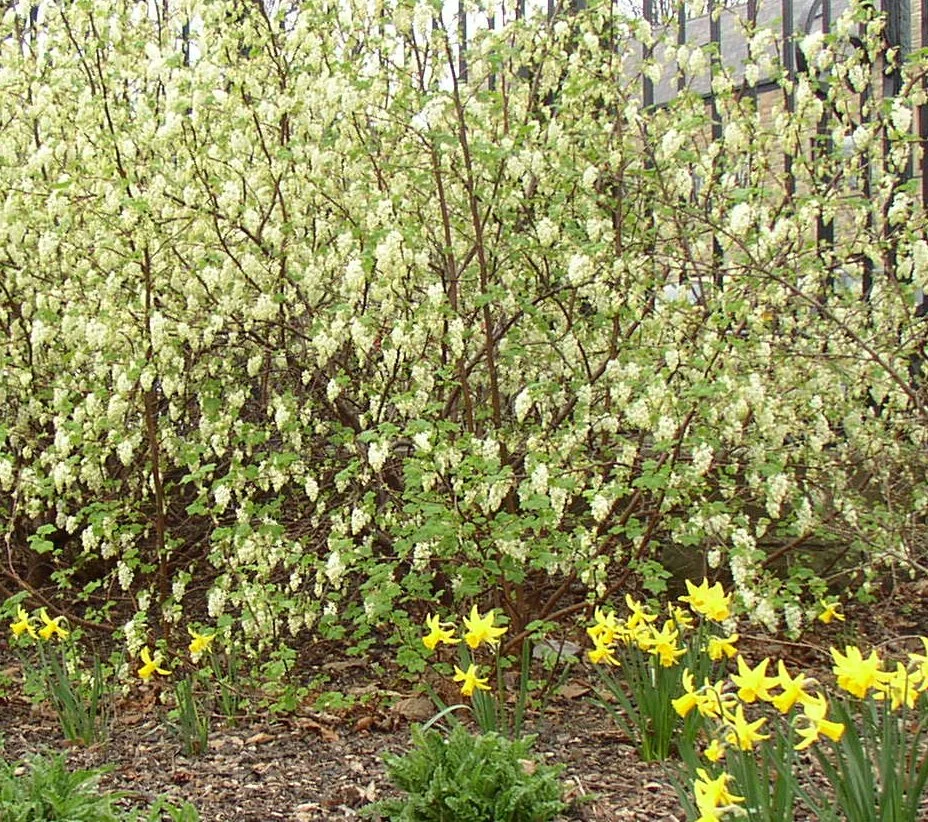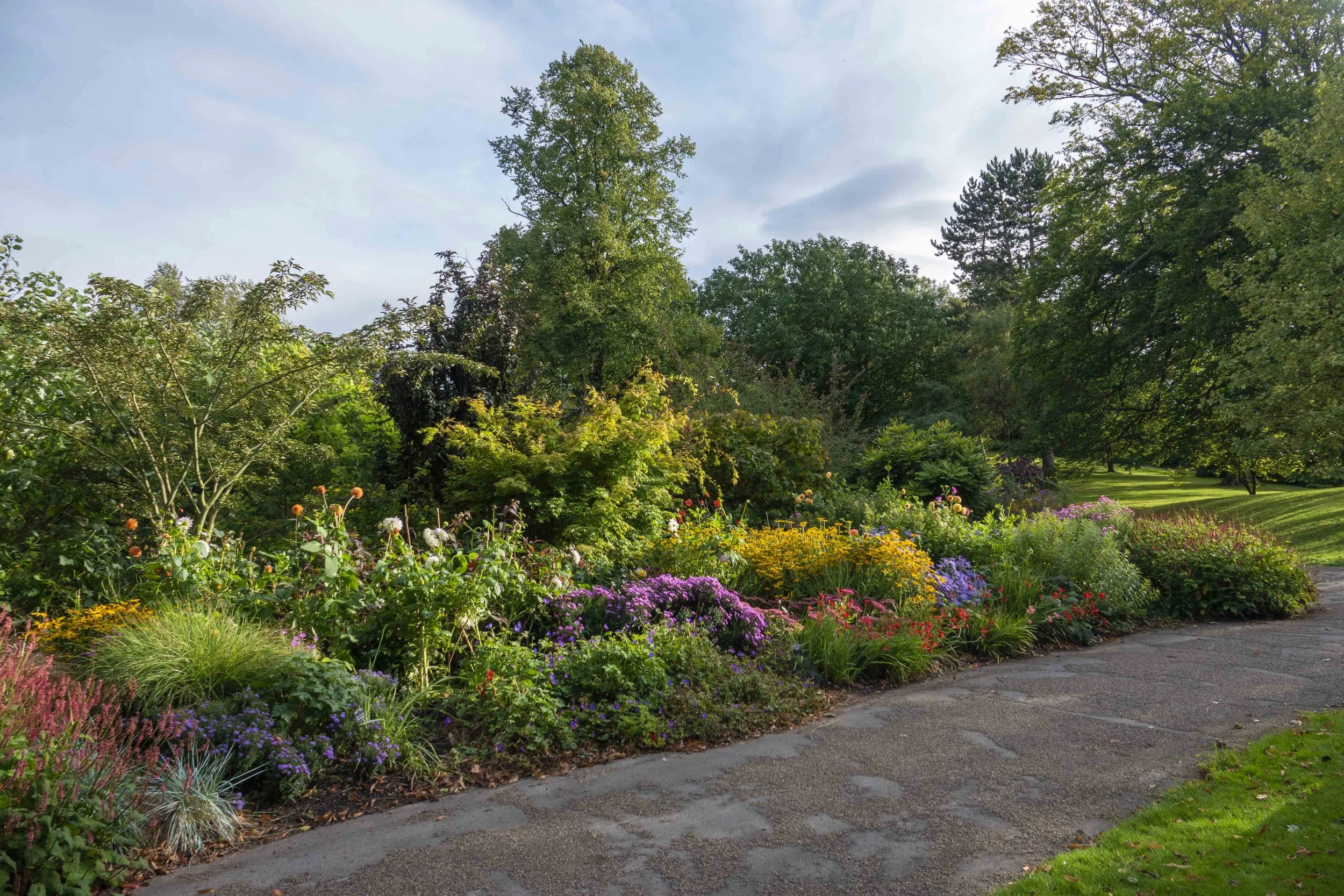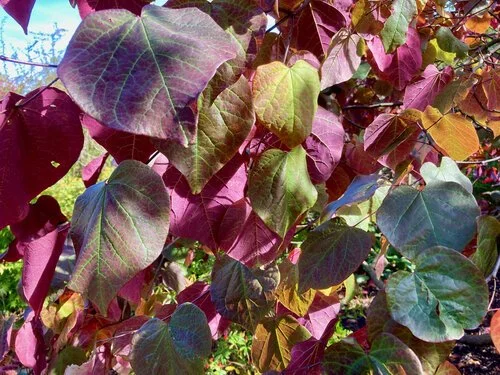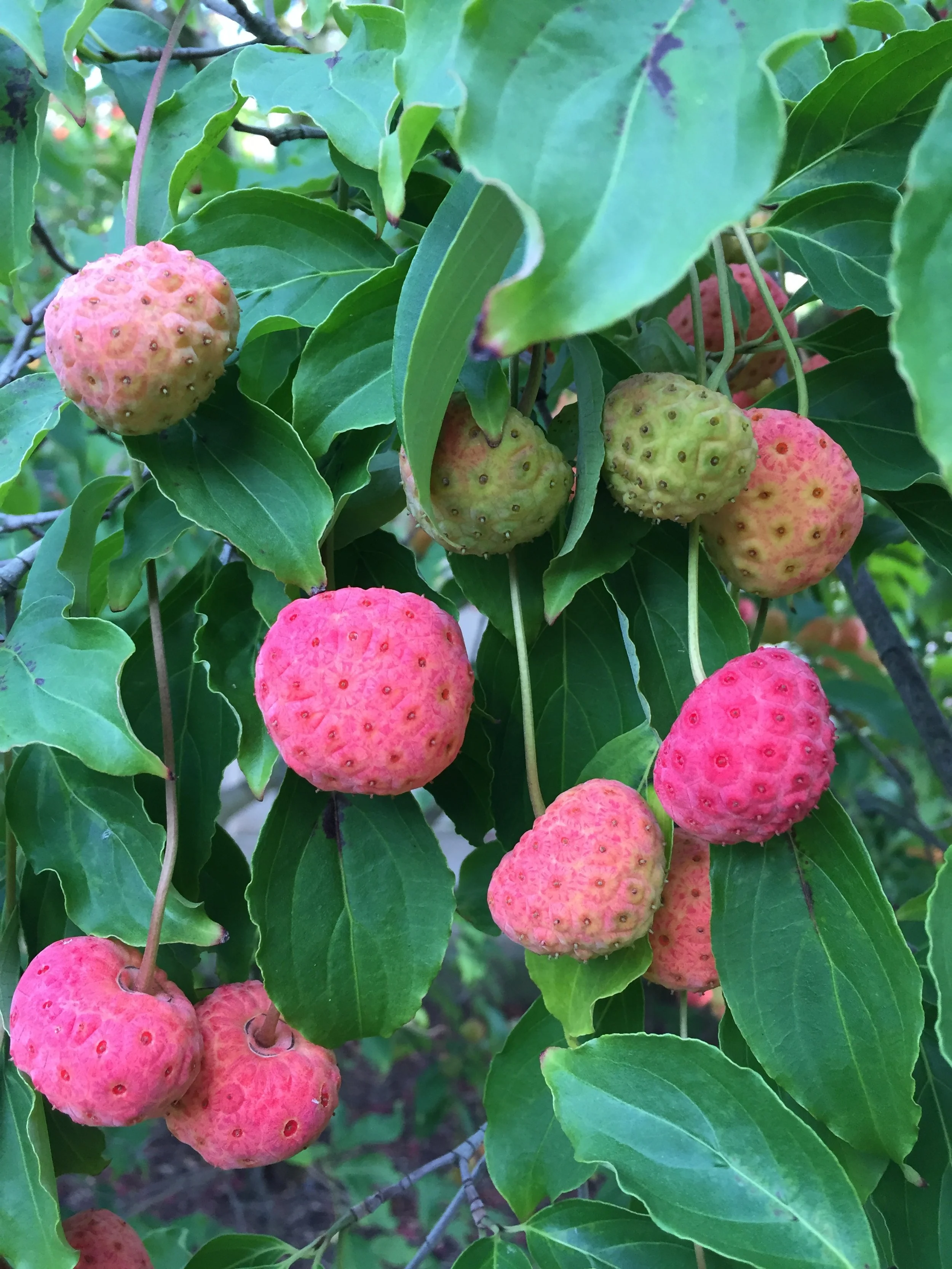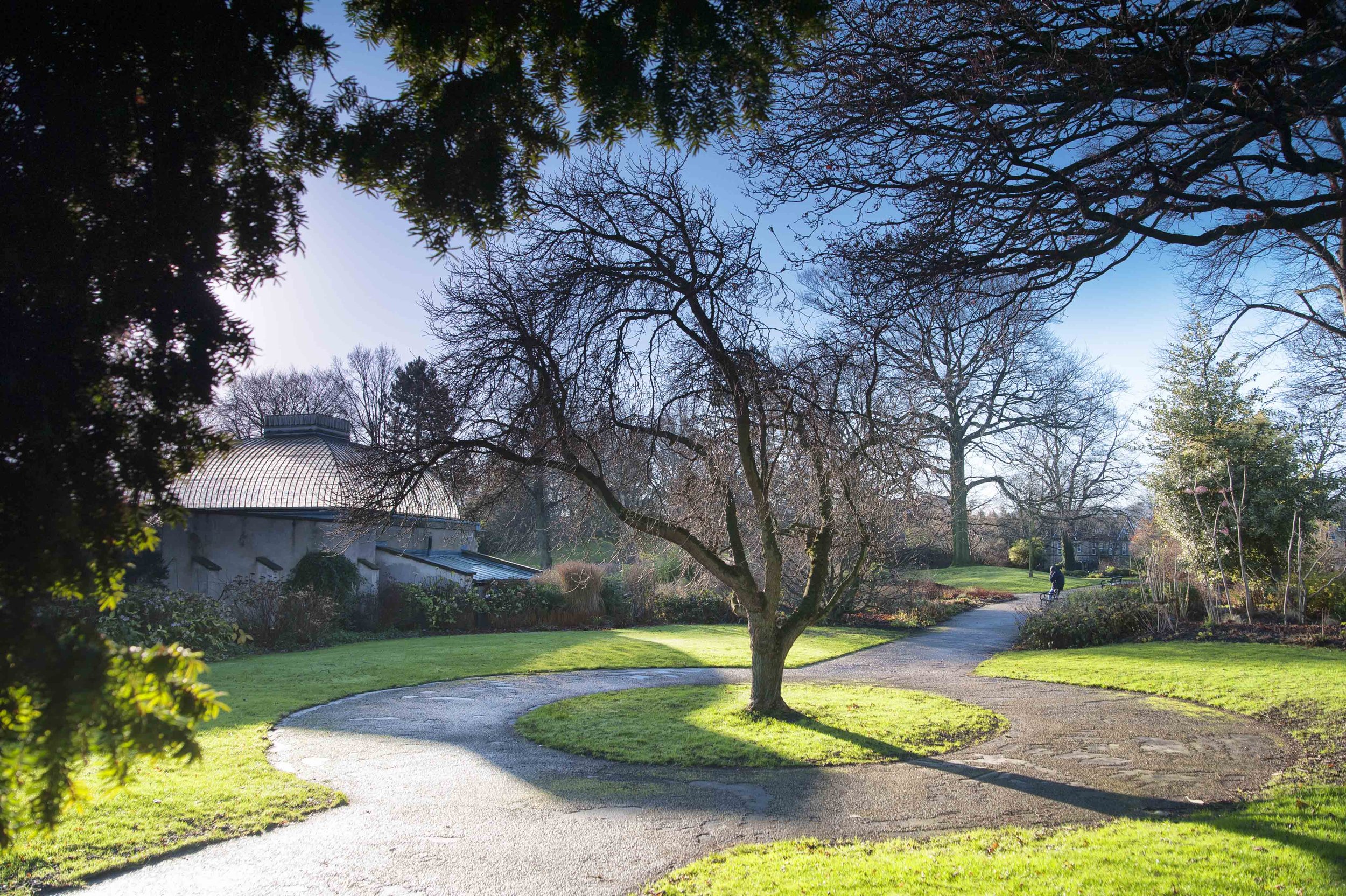Four Seasons Garden
The Four Seasons Garden lies mainly north-west of the Pavilions and between them and the very busy Clarkehouse Road.
The area is exposed to the north. It is cold, somewhat shaded and demonstrates many of the difficult gardening conditions found in urban situations.
The site of the first Curator’s House, a gardeners’ cottage and extensive glasshouses during the Victorian years. In 1902 Clarkehouse Road was widened, the buildings were demolished and the area made into a garden. The centrally placed mulberry, Morus nigra, was planted in 1968. The garden was redesigned in 2004 to create a series of beds where plants which are at their peak at different times of the year are displayed.
Three island beds are planted up with a mix of shrubs and herbaceous perennials for continuous seasonal interest and colour. Starting near the Botanical Road entrance with early flowering hellebores, narcissi and other bulbs moving through to blush peonies, poppies, roses, geraniums etc. The beds along the railings continue the spring and summer theme. Across the path next to the pavilions, plants flowering later in the year include asters, heleniums, sedums, crocosmias and various grasses.
There are several interesting shrubs and small trees in this area. The Parrotia persica is particularly fine in early spring with its unusual crimson flowers and is followed by the mass display of Ribes sanguineum ‘White Icicle’. Kolkwitzia amabilis is covered with pink bell-shaped flowers in early summer. Cornus x ‘Norman Hadden’ has spectacular white bracts around the small flowers in June and startling pink fruits in November. Cercis canadensis ‘Forest Pansy’ has colourful autumn foliage. In winter the stems of Acer davidii ‘Sango-kaku’ and Cornus alba ‘Sibirica’ provide colour and Daphne bholua ‘Jacqueline Postill’ begins the flowering cycle again.

